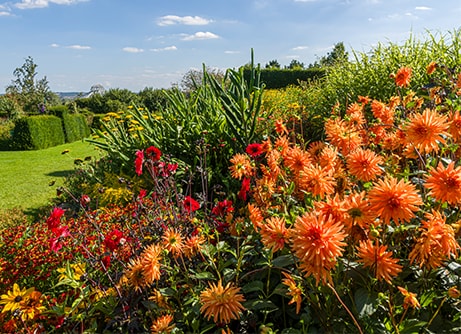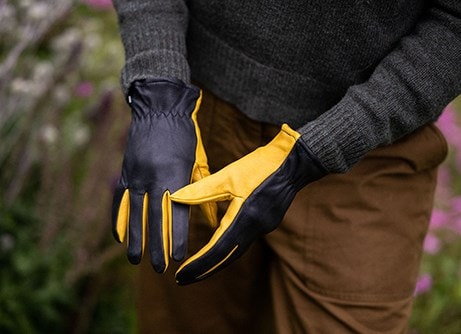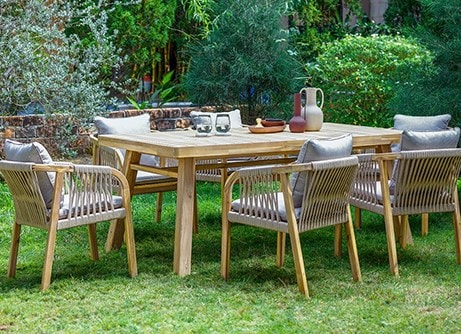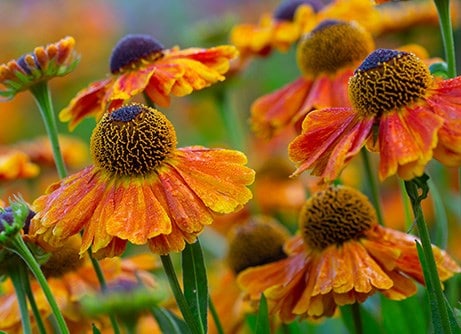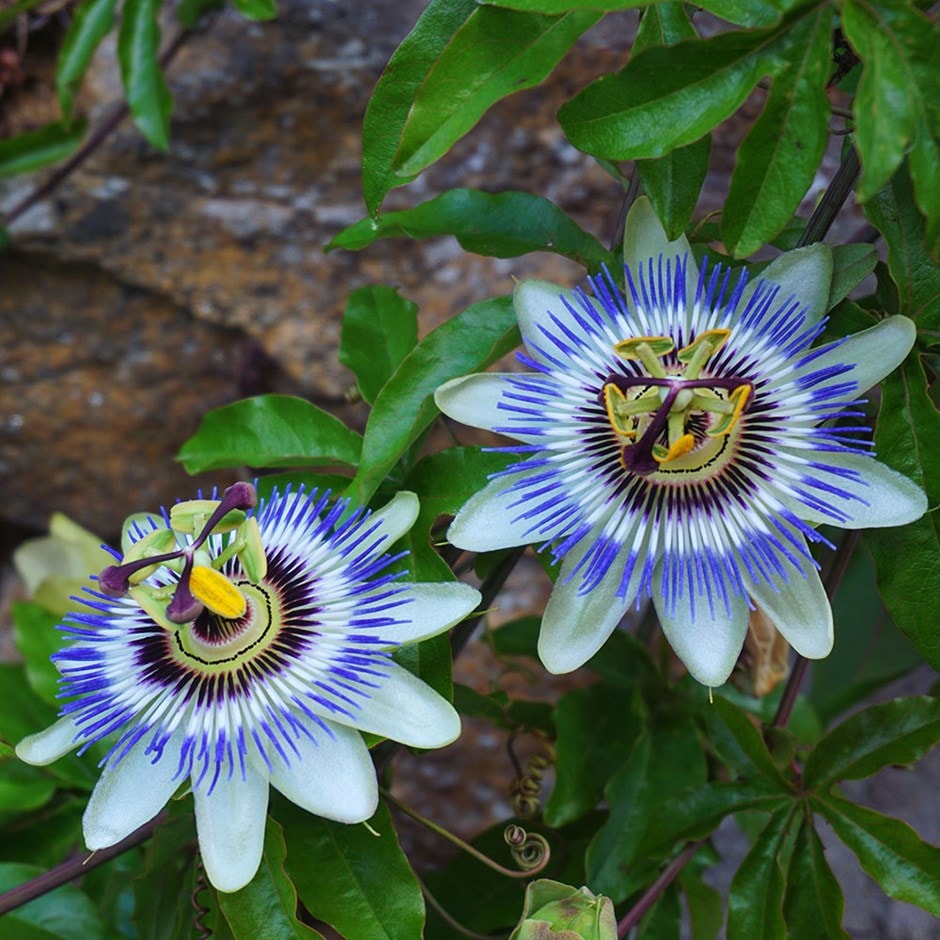
A really exotic-looking plant, with large white flowers and central filaments of purple, blue and white from July to September, followed by egg-shaped, orange-yellow fruit. The leaves are pretty, too; deeply lobed, dark green and glossy.
This RHS award-winning blue passion flower is a vigorous, trouble-free climber that thrives in hot summers and will quickly cover a sunny wall or fence.
Ideal for a tropical planting scheme, Passiflora caerulea a tropical planting scheme, it grows best at the base of a sheltered wall in full sun, although it will tolerate some shade.
This RHS award-winning blue passion flower is a vigorous, trouble-free climber that thrives in hot summers and will quickly cover a sunny wall or fence.
Ideal for a tropical planting scheme, Passiflora caerulea a tropical planting scheme, it grows best at the base of a sheltered wall in full sun, although it will tolerate some shade.
How to care for Passiflora caerulea:
To avoid dry conditions, and to ensure good soil contact around the rootball, we advise planting climbers at least 30cm (12in), and preferably 45-60cm (18-24in) away from the base of a wall or fence. An even larger distance should be maintained when planting climbers beside an existing tree or shrub.
Passionflowers thrive in moist, well-drained soil enriched with plenty of well-rotted manure or garden compost before planting. Choose a sunny, sheltered spot protected from cold winds or pot up in a greenhouse or conservatory for earlier growth and better fruit ripening.
Provide sturdy support, such as trellis or horizontal wires, for the twining stems to climb. Water freely during the growing season and reduce slightly in winter. For container growing, use large pots to account for rapid root growth, and ensure plants are moved to a frost-free location in winter.
Feed regularly throughout the growing season and mulch in autumn with well-rotted manure or compost. In late autumn, cut back the top growth to around 10cm (4in) and apply light winter protection, such as a thick mulch around the base (avoiding the main stem) and wrapping the plant with a double layer of horticultural fleece if heavy frost is forecast.
Passionflowers may die back in winter but will re-emerge in late spring in milder regions of the UK. Prune in spring to remove dead or overcrowded stems, and once established, trim flowered shoots after blooming to encourage strong growth.
Remember that passionflowers are self-infertile, so plant two compatible varieties for successful fruit production.
Passionflowers thrive in moist, well-drained soil enriched with plenty of well-rotted manure or garden compost before planting. Choose a sunny, sheltered spot protected from cold winds or pot up in a greenhouse or conservatory for earlier growth and better fruit ripening.
Provide sturdy support, such as trellis or horizontal wires, for the twining stems to climb. Water freely during the growing season and reduce slightly in winter. For container growing, use large pots to account for rapid root growth, and ensure plants are moved to a frost-free location in winter.
Feed regularly throughout the growing season and mulch in autumn with well-rotted manure or compost. In late autumn, cut back the top growth to around 10cm (4in) and apply light winter protection, such as a thick mulch around the base (avoiding the main stem) and wrapping the plant with a double layer of horticultural fleece if heavy frost is forecast.
Passionflowers may die back in winter but will re-emerge in late spring in milder regions of the UK. Prune in spring to remove dead or overcrowded stems, and once established, trim flowered shoots after blooming to encourage strong growth.
Remember that passionflowers are self-infertile, so plant two compatible varieties for successful fruit production.
Flowering period:
- Jan
- Feb
- Mar
- Apr
- May
- Jun
- Jul
- Aug
- Sep
- Oct
- Nov
- Dec
Eventual height:
10m
Eventual spread:
3.5m
Position:
Full sun
Rate of growth:
Fast-growing
Soil:
Moderately fertile, moist, well-drained soil
Hardiness:
Borderline hardy (will need protection in winter in colder areas)
-
This climber is semi-evergreen, so it can lose some of its leaves in winter. In colder regions or more exposed gardens, it may lose them all, but then fresh new foliage appears again in spring.
-
Humans/Pets: Fruit are ornamental - not to be eaten
Product options

3 litre pot | 60cm cane
was £34.99
now £27.99
In stock
(shipped within 2-3 working days)
(shipped within 2-3 working days)

9cm pot | 30cm cane
£17.99
available to order from autumn
Unavailable

2 + 1 FREE 9cm pots
£35.98
£11.99 each
available to order from autumn
Unavailable
1
Delivery options (pick your preferred option at checkout)
Standard Delivery£5.99
Named Day Delivery£10.99
Goes well with
Clematis 'The President'
early large flowered clematis (group 2)
From £14.99
View options
| 3 litre pot | 60cm cane | £20.95 |
|
|
| 9cm pot | 30cm cane | £14.99 |
|
|
| 2 + 1 FREE 9cm pots | £29.98 |
|
View details
Salvia × sylvestris 'Mainacht'
sage ( syn. Salvia May Night )
From £5.99
View options
| 2 litre pot | £14.39 |
|
| 3 × 2 litre pots | £35.99 |
|
| 9cm pot | £5.99 |
|
| 3 × 9cm pots | £11.99 |
|
| 6 × 9cm pots | £20.99 |
|
View details

